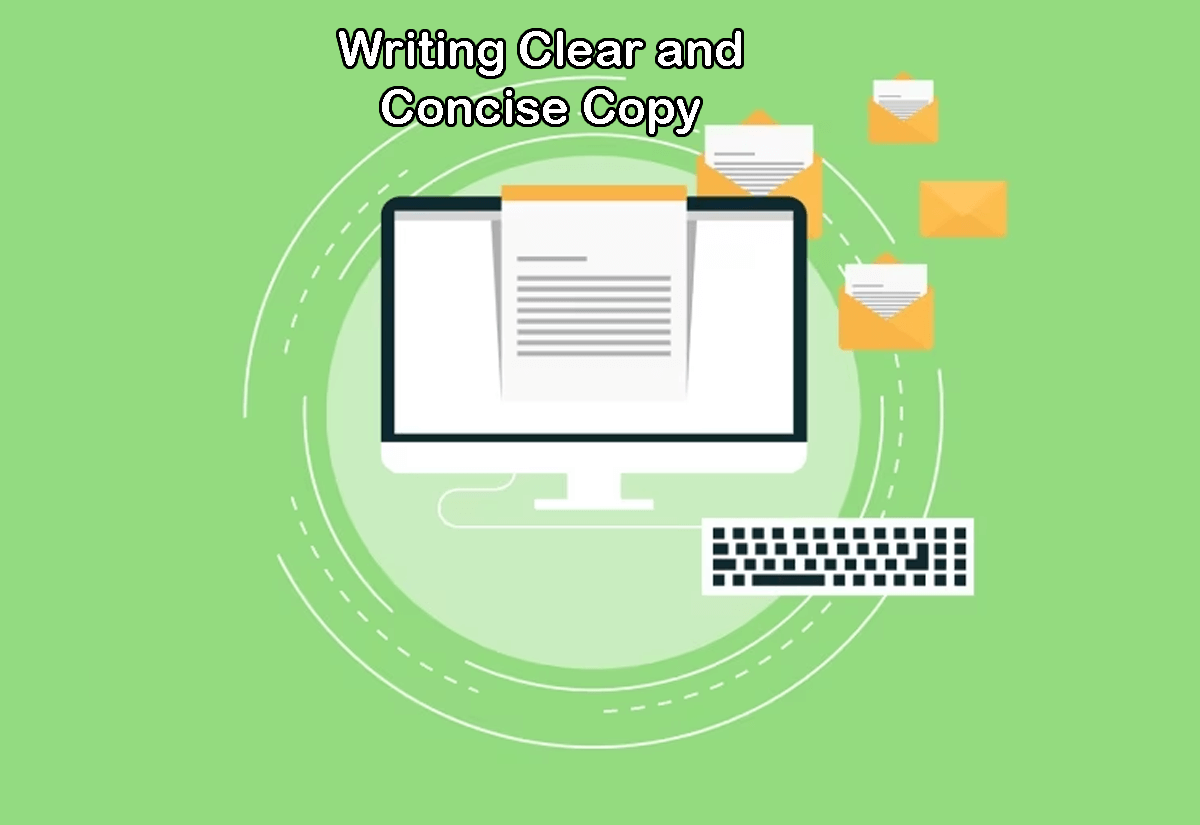When it comes to email copy, clarity and conciseness are key. Here are some best practices to follow:
- Keep it short and sweet: People receive a lot of emails every day, so keeping your email copy short and to the point can help increase the chances of it being read. Stick to the main point and avoid extraneous details.
- Use simple language: Using simple, easy-to-understand language can help ensure that your message is understood by everyone who reads it. Avoid using jargon, technical terms, or overly complex language.
- Write in a conversational tone: Writing in a conversational tone can help make your email feel more personal and engaging. Write as if you were speaking to the reader in person, and avoid using a formal or overly business-like tone.
- Break up the text: Long paragraphs of text can be overwhelming to read. Break up your email into shorter paragraphs or use bullet points to make it easier to scan and digest.
- Use subheadings: Using subheadings can help to guide the reader through the email and make it easier for them to find the information they are looking for.
- Be specific: Be specific about what you want the reader to do or what action you want them to take. Avoid vague or unclear language, and make it clear what the benefit of taking that action will be.
By following these best practices, you can write clear and concise email copy that is easy to read and understand. Remember to keep your audience in mind and tailor your language and tone to best suit them.


